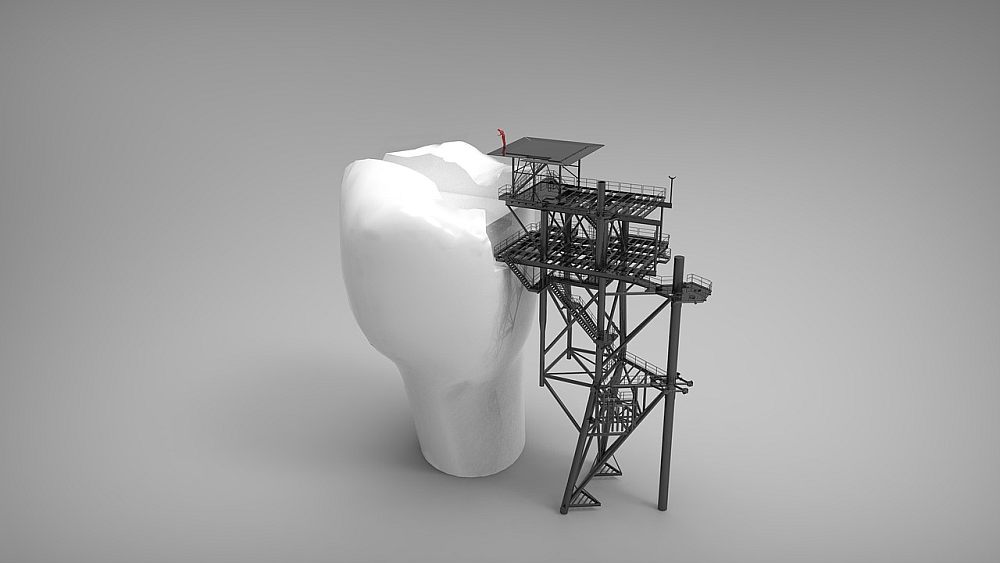What is Restorative Dentistry?
‚ÄúRestorative dentistry‚ÄĚ pertains to how professionals do ‚Äúdental restoration.‚ÄĚ Dental restoration creates magic to your damaged teeth by undergoing fillings, crowns, bridges, and implants to restore your tooth.

Whenever teeth have formed a cavity, undergoing tooth fillings or considering tooth extraction is the most common option you think about. However, there are other available treatments to choose from depending on what your tooth needs.
Did you know that there are two kinds of dental restoration? Read more.
Types of Dental Restoration
Direct and indirect restorations are two types of dental restoration procedures. Both provide different options for fixing your unhealthy teeth.
-         Direct restoration
Direct restorations are possible for an unprepared or sudden appointment. On the other hand, indirect restorations might need a session or three. You have to let your dentist example your teeth so he can make a plausible and just recommendation.
Direct restoration is when the dentist can fix your teeth problem in a single seating.
Fillings mean to fill the cavities in your teeth. This procedure can be done in less than an hour, depending on your teeth’ level of ruin.
However, you can rest assured that before you go back home, your teeth are already fixed. And you do not need another appointment for the same teeth.
-         Indirect Restoration
Unlike indirect restoration. It requires you to be in the laboratory for usually two dental appointments.
Tooth Restoration Options
Here is the following tooth restoration option you and your dentist can choose from.
-         Fillings: The most common option
If a cavity on your tooth is just starting, you can request your doctor to have this procedure. This procedure cleans your tooth with a hole and extracts the damaged parts. Once the cavities are all removed, your dentist would then fill the hole with dental fillings commonly made of ceramic.
-         Crowns
A crown is like your tooth’s shape but is hollow inside and will be placed to cover your tooth. This is to strengthen and protect your tooth structure. Your dentist will copy the design of your tooth, and a specialist will make your crown.
After it is done, you can now have your teeth crowned, which will be cemented to your teeth. This is best for broken teeth.
-         Implants
If your dentist says that your teeth are no longer qualified for the displayed options, he may require you to choose to have an implant.
Your dentist will remove your damaged teeth so that they will not affect the other teeth. He will then put the implant in space. Or you can also request to have an implant in your gum that does not have teeth, or your teeth in that place were extracted a long ago.
Dental implants will take the place of your missing teeth. False teeth feel like a natural tooth. But it is commonly made of acrylic, nylon, or metal.
Your dentist would need to drill your jaw bone. And afterward, your dentist will insert a metal anchor into the space. A false tooth is now ready to be placed.
-         Bridges
A dental bridge is like an implant, but it won’t require drilling into your jaw bone. It is done to bridge the gap between one tooth to another. A bridge will have a crown on each end, and your dentist will place the false tooth there. It will keep your other teeth in place.
-         Dentures
Dentures are known as false teeth. Having dentures is your best choice if you’re looking for a cheaper alternative than an implant. When your tooth has been removed, your dentist will take measurements, jot down the details and send them for the technician to make.
A partial denture is a group of two teeth or more that is attached to its base. The base of your denture is made of composite resin, porcelain, acrylic resin, and acrylic. You can remove your denture when you have to clean it, especially at night.
A complete denture takes the place of the full set of teeth on top or down gum. It is best for those who have completely lost their teeth. Dentures give the opportunity not only to regain a beautiful smile, but also to enjoy eating.
Dentures need to be soaked in water and brushed regularly to stay clean. Crowns, implants, and bridges are also considered dentures.
-         Dental Bondings
Don’t you know composite resins are used for dental bondings? The resin fills the hole in your teeth. This resin cannot only be applied in a spot, but also to cracked or chipped teeth.
Dental bondings improve the look of your discolored teeth. Apart from this, its shape can also be affected. It can make the condition of your teeth longer and will close the spaces in between your teeth.
The shade will be the same as your tooth. Your family dentist will polish and trim it to look just like the same. Your dentist will use a light in your tooth to ensure the materials will stay intact and strong.
 Final Thoughts
Knowing these, keep in mind that some cosmetic issues increase the odds of developing severe dental problems. Cosmetic dentistry could prevent decay, loss of enamel, and gum disease from continuously progressing.
There are many ways to restore your teeth. However, you need your dentist to decide what is best for you and your teeth. Explore your options and contact Markham Stouffville Smile Centre today.
They offer free virtual consultation. You can easily book a consultation and pick your desired date. You will be asked to fill up a form to discuss treatment, dental procedures, and financing.



I really liked reading your description of dental bondings and what they can do. Reading this made me think of the minor chips that have been bothering me about my teeth for quite some time. To fix this in a relatively safe way, I’ll get a dentist to help me with resin bondings.